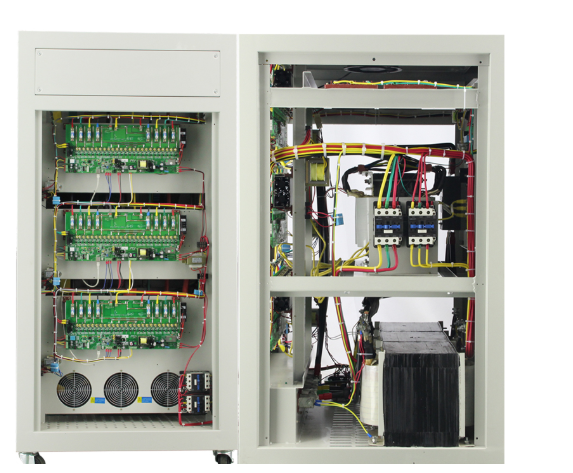The voltage regulator realizes the automatic adjustment of the generator output voltage by controlling the excitation current of the generator AC exciter. The main job of the voltage regulator is to drop a larger voltage to a smaller voltage and keep it stable, because the regulated voltage is used to power electronic devices, and the voltage regulator is basically an enhanced emitter follower.
The voltage regulator also has a built-in error amplifier that samples the output voltage, compares it with a reference voltage, calculates the difference, and drives the output transistor accordingly.
The working principle of a linear regulator is similar to a variable resistor with feedback, which can reduce any unwanted voltage(relay-type automatic voltage regulators). At the same time draw the same current as the load. The wasted energy is converted into heat, making these regulators hot and inefficient at high currents.
The three-terminal regulator can withstand input voltages up to 30V and, depending on the package, can provide output currents up to 1A. They are very simple and easy to use-connect the input pin to the input voltage, connect the output pin to the device that requires a lower voltage, and of course, connect the ground pin to the ground.

The adjustable regulator can be used as a constant current source as long as the configuration is changed. By connecting the resistor to the output pin and the adjustment pin to the other end of the resistor, the adjustable regulator will try to maintain a constant 1.25V across the output resistor, thereby maintaining a constant current at the output.